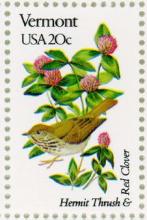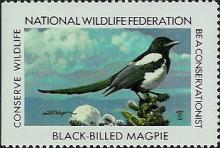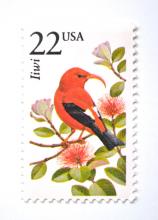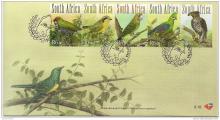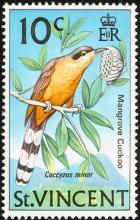Bird Population Faces Crisis In The Vermont Forest
Vermont is famous for its natural and mesmerizing landscape that includes a big forest. Unfortunately, a recent report has revealed the decrement of the bird population there. ABC News reported a sharp decline of 14.2 percent in the bird population over the last 25 years in the Vermont forest. The latest study has unveiled this crucial fact. Several rare and common bird species exist in the said forest. Among them, some species solely depend on the flying insects and they form a major portion of the bird population.

